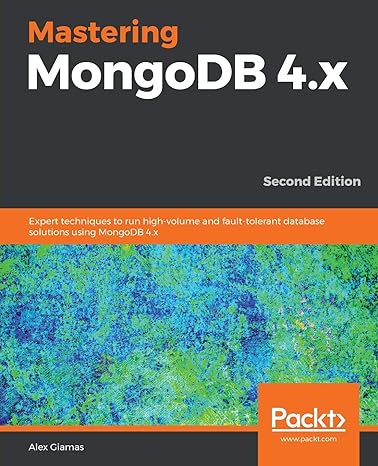Answered step by step
Verified Expert Solution
Question
1 Approved Answer
THIS QUESTION IS BASED ON UNDERSTANDING TASK 1 TO TASK 5 AND ANSWER TASK 6 REGARDING MODEL OPTIMIZATIONS IN PYTHON Technical Assessment Introduction: Hello! Welcome
THIS QUESTION IS BASED ON UNDERSTANDING TASK TO TASK AND ANSWER TASK REGARDING MODEL OPTIMIZATIONS IN PYTHON
Technical Assessment
Introduction:
Hello! Welcome to the Open Cities Lab OCL data technical assessment. This assignment is intended to help you demonstrate your skills and for us to get a sense of how you think about and approach datadriven problem solving and decisionmaking.
At OCL, there is as much a focus on the empathetic, realworld usage of data as the leveraging of cuttingedge, hyperaccurate methods and models. Accordingly, we are as interested in how you frame and contextualize the problem as we are in your ability to use advanced data science and machine learning algorithms. So please dont hold back in letting us know why you did what you did at each step, any challenges you identify, concerns that you have in the problem statements, potential biases in the source data, and how you would augment the data provided with other sources if you had the chance. All the best!
Source Data:
You have been provided link with several datasets containing information indexed with StatsSAs Small Area Layer SAL codes, as well as complementary geospatial data.
Task : Preprocessing, Data Exploration and Visualization
Clean up any data files that contain extraneous information.
Handle missing values if any.
Encode categorical variables if necessary.
Normalize or standardize numerical features if required.
Perform an exploratory data analysis to understand the structure and properties of the datasets.
Visualize important features and relationships in the data using appropriate plots and charts.
Task : Feature SelectionEngineering
Select which features you consider to be most relevant to the prediction tasks in a and b Please make a note of these before running.
Engineer new features if you think they can improve model performance and briefly describe your reasoning.
Task a: Supervised Model Building
Create a target variable that represents a high probability of well earning females being present in a SAL.
Split the dataset into a training set and a test set.
Build a machine learning model to predict the target without using the features used to construct it You can choose any model you think is appropriate eg logistic regression, decision tree, random forest, gradient boosting, etc.
Task b: Unsupervised Model Building
Create a dimensional D topology that represents individual SALs in terms of two indicators, representing relative Urbanization and SocioEconomic Standing respectively. Briefly describe your logic in creating these indicators and how they are defined.
Identify and visualize interesting clusters segments within this D space and map these geospatially by joining this data to the polygons provided and colouring by cluster segment ID Briefly discuss why these clusters are interesting or not
Task : Model Evaluations
Evaluate both your models performances using appropriate metrics eg accuracy, precision, recall, Fscore, AUCROC, Silhouette Coefficient, etc.
Discuss why you chose these metrics and what they tell you about your models performance.
Task : Model Optimizations
Try to improve your models performance. This could involve tuning hyperparameters, trying different models, utilizing additional indicators to your original set, or through further feature engineering.
Discuss what steps you took to optimize your models and why. What would you do if you had more time?
QUESTION TO ANSWER :
Task : Insights & Conclusions
Based on the models for a and b statistically assess which features could potentially contribute most to the predictions of your target function a
and influence the relative locations on the D topology b most.
What possible insights could we potetially derive from the models that could be useful for cities to improve service delivery and reverse spatial apartheid?
How could organizations use these insights or principles to consider grass roots programs to promote opportunities for underrepresented groups?
This answer does not have to be limited to the group represented by the target function developed for this exercise.
Step by Step Solution
There are 3 Steps involved in it
Step: 1

Get Instant Access to Expert-Tailored Solutions
See step-by-step solutions with expert insights and AI powered tools for academic success
Step: 2

Step: 3

Ace Your Homework with AI
Get the answers you need in no time with our AI-driven, step-by-step assistance
Get Started


